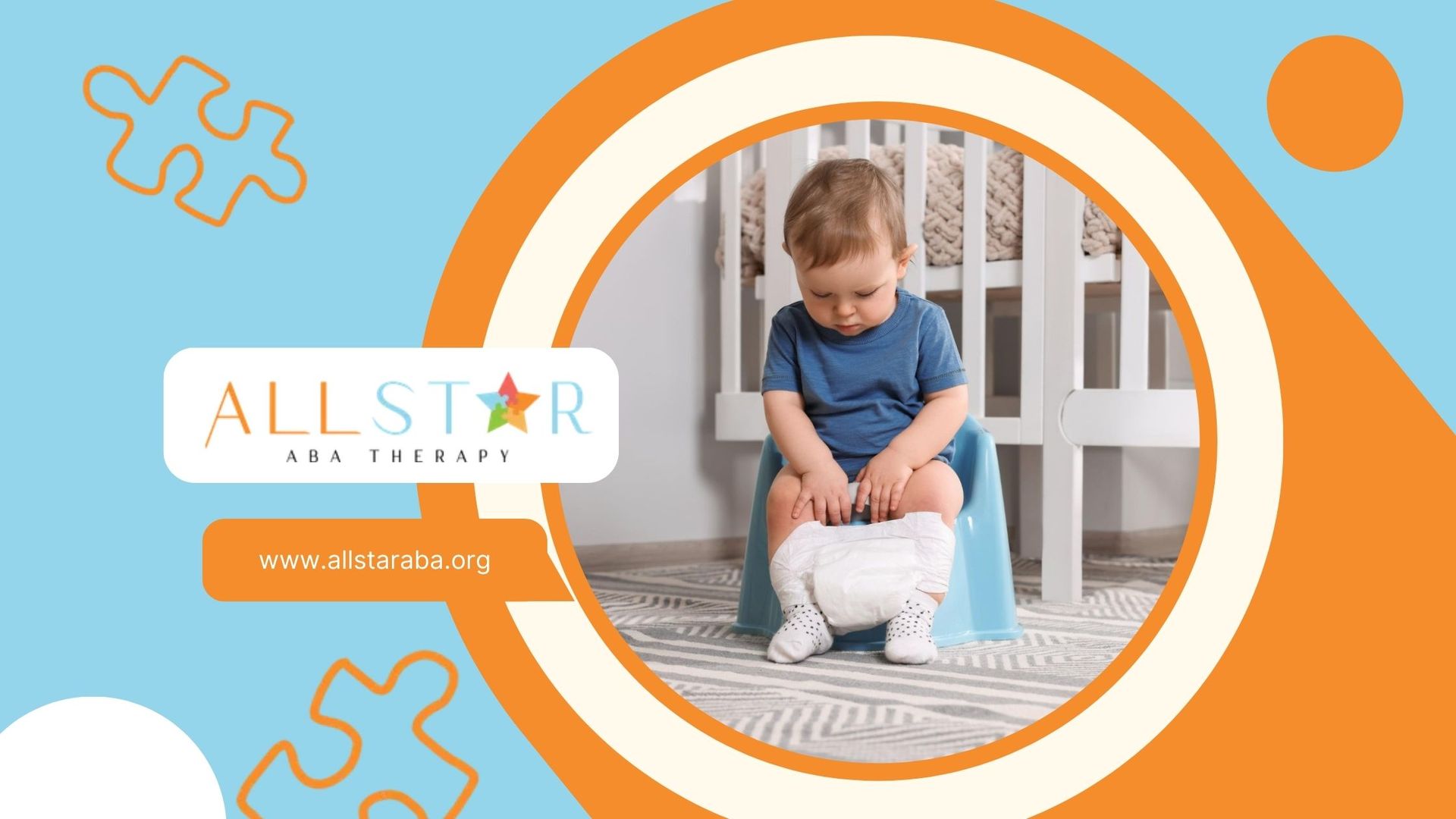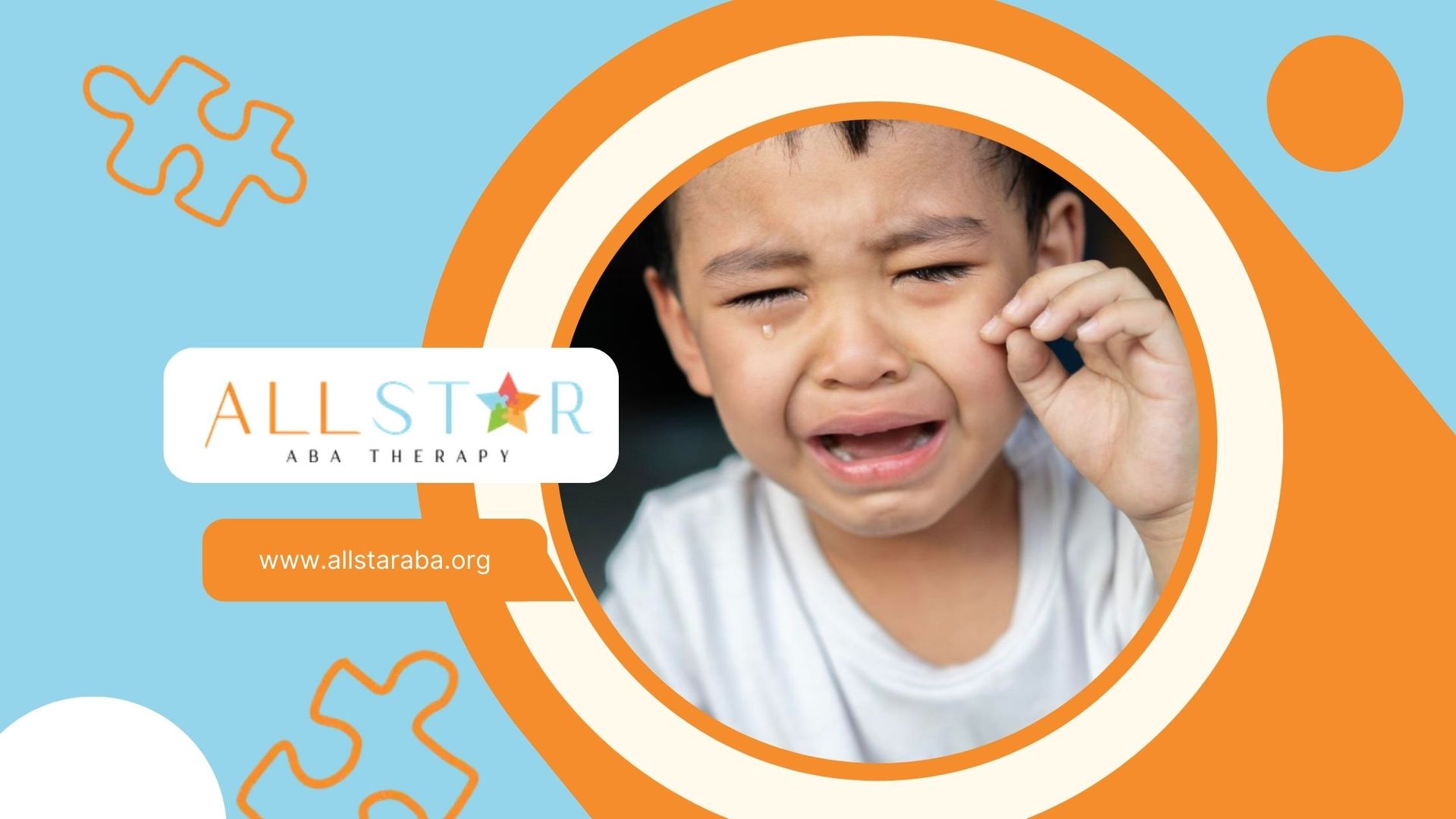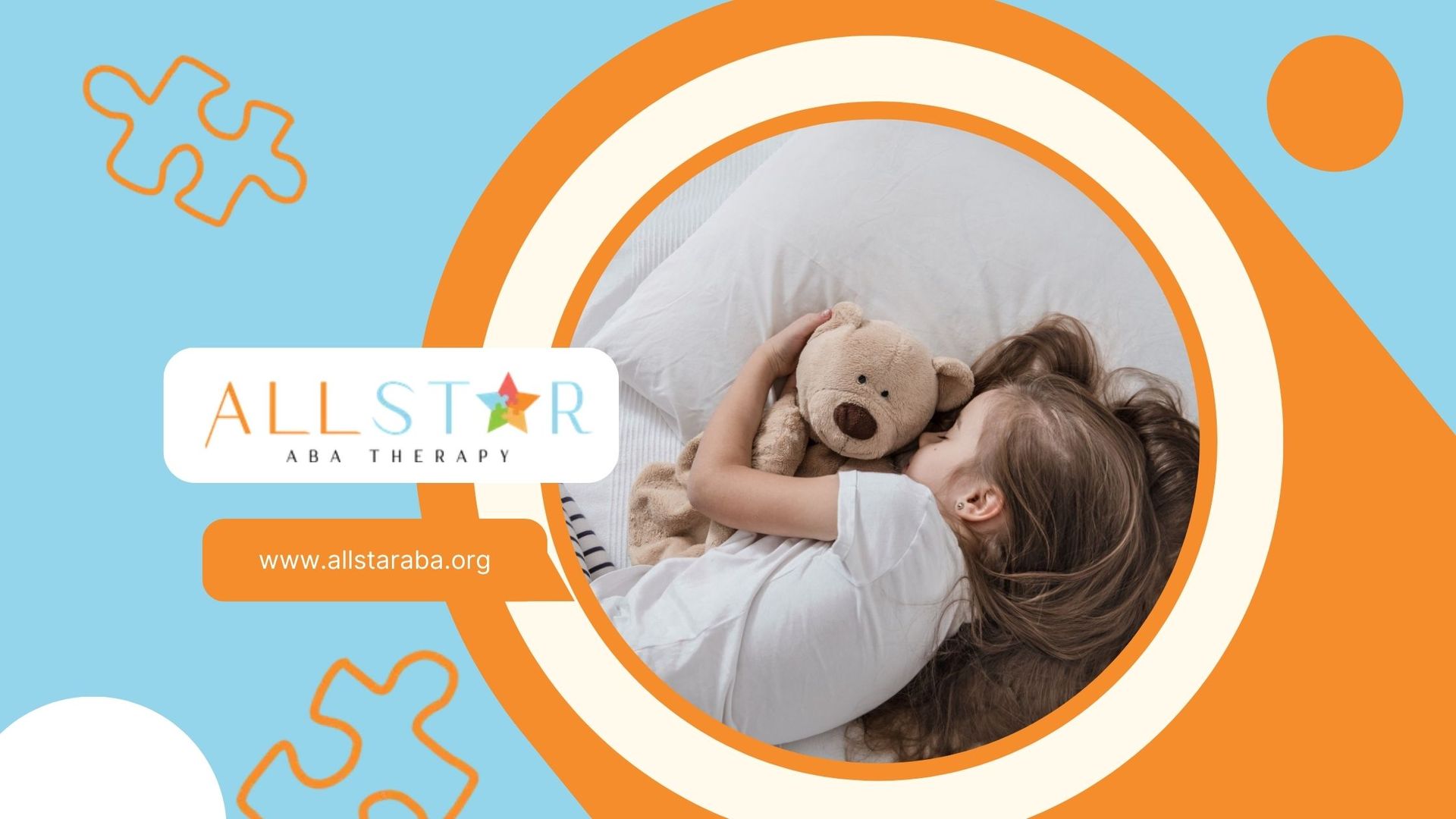New Paragraph
Insights into Autism in Animals: Can Cats Be Autistic?
Have you ever wondered if all cats are autistic? The question may seem unconventional, but it opens up a fascinating exploration of animal behavior and neurodevelopmental conditions. Autism, primarily recognized in humans, is characterized by unique social and communicative challenges.
As researchers begin to delve into whether similar traits can be observed in our feline friends, understanding the nuances of their behaviors becomes essential. This article aims to unpack the complex relationship between autism and animal behavior, particularly focusing on cats, while addressing common myths and realities surrounding this intriguing topic.
Exploring Autism in Animals
Understanding Autism
Autism is a complex neurodevelopmental condition that affects individuals differently. Typically, it is characterized by challenges in social interactions, communication difficulties, and repetitive behaviors. While autism is predominantly recognized in humans, there is growing interest in understanding whether similar conditions can occur in animals.
The concept of autism in animals involves looking for signs that parallel human experiences. Researchers have begun to investigate whether animals can exhibit traits akin to autism. This exploration opens up discussions about the cognitive and emotional capacities of various species, as well as the implications for their care and well-being.
Similarities and Differences in Animal Behavior
When considering animals with autism, it's essential to recognize both the similarities and differences in behavior compared to humans. While some behaviors may mirror those seen in autistic individuals, differences in communication and social structure can lead to varied interpretations.
| Behavior Type | Similarities in Animals | Differences in Animals |
|---|---|---|
| Social Interaction | May avoid eye contact | Social structures vary by species |
| Communication | Limited vocalizations | Other methods of communication such as body language |
| Repetitive Behaviors | Engaging in specific routines | Routines may differ widely among species |
| Sensory Sensitivities | Reacting strongly to stimuli | Sensory perception varies greatly by species (e.g., smell vs. sight) |
Behavioral patterns observed in animals may include isolation, a preference for routine, and heightened sensitivity to environmental stimuli. These traits can mimic certain aspects of autism seen in humans. However, the interpretation of these behaviors requires careful consideration of the animal's natural instincts and social structures.
In conclusion, understanding autism in animals involves acknowledging both shared traits and species-specific behaviors. This knowledge can help in identifying and supporting animals that may exhibit signs of autism.
Can Animals Have Autism?
Scientific Community Perspectives
The question of whether animals can experience autism has sparked significant interest within the scientific community. Researchers analyze behaviors observed in various species to determine if they align with known characteristics of autism in humans.
Some experts argue that certain traits associated with autism, such as repetitive behaviors and social challenges, can be seen in animals. Others caution against equating animal behaviors directly with human autism, as the criteria for diagnosis differ widely.
| Perspective | Description |
|---|---|
| Supportive | Some scientists support the notion that animals can exhibit autism-like traits based on documented behaviors. |
| Cautious | A subset of researchers warns against directly relating animal behavior to human autism due to the differences in diagnostic criteria and understanding. |
Case Studies and Observations
Several case studies have been conducted to observe instances of autism-like behaviors in various animals. These observations often focus on specific behavioral patterns that could suggest a form of autism.
Below are some notable examples that highlight these behaviors across different species:
| Animal Type | Observed Behaviors | Description |
|---|---|---|
| Dogs | Repetitive Fleeing | Some dogs display incessant running in circles, a behavior that can resemble repetitive actions seen in autistic individuals. |
| Cats | Social Withdrawal | Certain cats may exhibit extreme aloofness or avoidance of interaction compared to their peers, suggesting possible autism-like traits. |
| Dolphins | Pacing | Observations of dolphins pacing in their enclosures are noted. This behavior could be indicative of anxiety or repetitive tendencies. |
| Primates | Limited Socialization | Some primates show reluctance to engage with others or participate in social play, reflecting possible characteristics similar to autism. |
These case studies contribute to the ongoing debate within the scientific community about the concept of autism in animals. While there is no official diagnosis akin to that in humans, the behaviors observed provide insight into potential parallels between animal and human experiences.
The research remains in early stages, and as more studies are conducted, the understanding of autism in the animal kingdom could evolve.
Signs and Symptoms in Animals
Understanding the signs and symptoms of animals with autism can help you identify potential cases. These indicators can manifest in various ways, particularly through behavioral patterns and sensory sensitivities.
Behavioral Patterns
Animals with autism may exhibit distinct behavioral patterns that set them apart from their neurotypical counterparts. These behaviors can vary widely among species, but some common patterns include:
| Behavioral Sign | Description |
|---|---|
| Repetitive Actions | Engaging in the same activity or behavior repeatedly, such as spinning in circles or pacing. |
| Withdrawal from Social Interaction | Avoiding contact with humans or other animals, showing little interest in companionship. |
| Lack of Playfulness | Demonstrating little interest in play or games that typically engage other animals. |
| Fixed Routines | Exhibiting discomfort when routines or environments change, preferring familiar settings or habits. |
| Overreacting to Stimuli | Showing significant reactions to ordinary stimuli, such as loud noises or changes in lighting. |
Sensory Sensitivities
Sensory sensitivities can also be noteworthy in animals with autism. These sensitivities may manifest as heightened responses to various stimuli. Common sensory sensitivities include:
| Sensory Sensitivity | Description |
|---|---|
| Auditory Sensitivity | Extreme reactions to sounds that might not bother other animals, leading to distress. |
| Visual Sensitivity | Overreacting to bright lights or rapid movements, often resulting in avoidance behaviors. |
| Tactile Sensitivity | Discomfort with certain textures or light touches, leading to withdrawal from handling. |
| Olfactory Sensitivity | Heightened responses to smells, which may cause anxiety or aversion. |
Recognizing these behavioral patterns and sensory sensitivities in animals can aid in understanding their unique needs. It can also facilitate better care and support for those who may exhibit signs of autism.
Challenges in Diagnosing Animal Autism
Diagnosing autism in animals can be quite challenging. Two significant issues you might encounter are the lack of communication and the presence of overlapping behaviors.
Lack of Communication
Animals do not communicate in the same ways humans do. While you can observe certain behaviors, interpreting these actions might be difficult without a clear understanding of their intent.
Unlike humans, animals do not express their feelings or experiences verbally, leading to misunderstandings regarding their behavior. This limitation complicates the diagnostic process for autism, as you must rely on observation rather than direct communication.
| Communication Aspect | Animal Behavior | Implications for Diagnosis |
|---|---|---|
| Vocalizations | Limited sounds (barking, meowing) | Difficult to assess emotions |
| Body Language | Different signals (tail position, ear orientation) | Ambiguous meanings |
| Social Interactions | Varied responses to social cues | Confounded behavior interpretation |
Overlapping Behaviors
Many animals exhibit behaviors that may resemble
symptoms of autism. You might find behaviors such as repetitive movements, social withdrawal, and sensory sensitivities among various species. However, these traits can also stem from other conditions or environmental factors, making it hard to pinpoint autism specifically. This overlapping of behaviors often leads to confusion and misdiagnosis.
| Behavioral Trait | Description |
|---|---|
| Possible Causes | Repetitive Movements |
| Pacing, spinning, or excessive grooming | Can indicate stress, anxiety, or boredom |
| Social Withdrawal | Preferring isolation over socializing |
| May result from fear, illness, or unfamiliar environments | Sensory Sensitivities |
| Overreacting to sounds, lights, or touch | Could be linked to anxiety disorders or traumatic experiences |
By understanding these challenges, you can gain a clearer perspective on the complexities involved in diagnosing animals with autism. It emphasizes the need for careful observation and consideration of various factors that might influence behavior.
Support and Care for Animals with Autism
Caring for animals that exhibit signs of autism involves understanding their unique needs and providing appropriate support. This can include creating safe environments and implementing training and therapy options.
Creating Safe Environments
Establishing a nurturing space can help animals with autism thrive. It is essential to minimize stressors and provide a predictable routine. Here are key aspects to consider when creating a suitable environment:
| Environmental Factors | Recommendations |
|---|---|
| Space | Ensure a quiet, clutter-free area where the animal feels secure. |
| Routine | Establish a consistent daily schedule for feeding, playtime, and rest. |
| Enrichment | Provide toys and activities that cater to the animal’s interests without overwhelming them. |
| Social Interaction | Allow for socialization opportunities, but be attentive to the animal’s comfort level. |
Training and Therapy Options
Training and therapeutic approaches can greatly enhance the well-being of animals displaying autistic traits. Below are various options that may be effective:
| Training/Therapy Type | Purpose | Key Techniques |
|---|---|---|
| Positive Reinforcement | Encourage desired behaviors through rewards. | Treats, praise, or play. |
| Desensitization Therapy | Help the animal become comfortable with specific stimuli. | Gradual exposure to triggers. |
| Clicker Training | Reinforce positive behavior with a click sound followed by rewards. | Use a clicker to mark behaviors. |
| Individualized Behavioral Therapy | Focus on specific challenges presented by the animal. | Tailored sessions for issues like aggression or anxiety. |
These strategies aim to create a supportive atmosphere and provide targeted intervention to enhance the lives of animals with autism. By tailoring the environment and implementing appropriate training methods, you can help these animals lead fulfilling lives.
Ethical Considerations
Treatment vs. Acceptance
When discussing animals with autism, one ethical dilemma revolves around treatment versus acceptance. In the case of animals that display behaviors associated with autism, it is vital to determine whether these behaviors should be modified or accepted as part of the animal's unique nature.
Treatment efforts might focus on training or behavioral intervention aimed at reducing certain behaviors. However, understanding and accepting these behaviors as a part of the animal’s individuality can promote a more compassionate approach.
Animals may exhibit a range of behaviors that some consider atypical. It's important to evaluate the animal's quality of life and ensure that any interventions do not negatively impact their well-being. Decisions about treatment should prioritize the animal’s comfort, happiness, and sense of self.
Advocacy and Education
Advocacy and education play significant roles in promoting awareness about autism in animals. By educating pet owners, veterinarians, and the general public about the signs, symptoms, and experiences of animals with autism, we can foster a more understanding and supportive environment.
Advocacy efforts can focus on spreading knowledge about the importance of recognizing individual differences in animal behavior. Providing resources and information can help animal caregivers understand how to best support their pets, enhancing the bond between humans and animals.
Promoting education and advocacy can lead to a more informed community that respects and values animals with autism. This approach emphasizes the distinct experiences of each animal, encouraging a harmonious coexistence between humans and their four-legged companions.
Conclusion
Understanding the nuances of autism in animals, especially cats, requires a compassionate and informed approach. If you’re concerned about your pet's behavior, it's essential to recognize that every animal is unique and may require tailored care.
FAQs
Can cats be autistic?
While some behaviors in cats may resemble autism traits, it's essential to understand that not all cats will exhibit these signs. Autism is a complex condition, and behaviors vary widely among individual animals.
What are the signs of autism in cats?
Signs may include social withdrawal, repetitive behaviors, limited vocalizations, and heightened sensitivity to stimuli. However, these behaviors must be understood in the context of feline instincts.
How can I support a cat that shows signs of autism?
Providing a safe, predictable environment, along with appropriate training and enrichment activities, can help support a cat that exhibits autism-like traits.
Need Support?
We're Here to Help!
Our experienced team is ready to assist you. Reach out today to discuss how we can support your child's development and well-being.
Get started with expert ABA therapy today.








